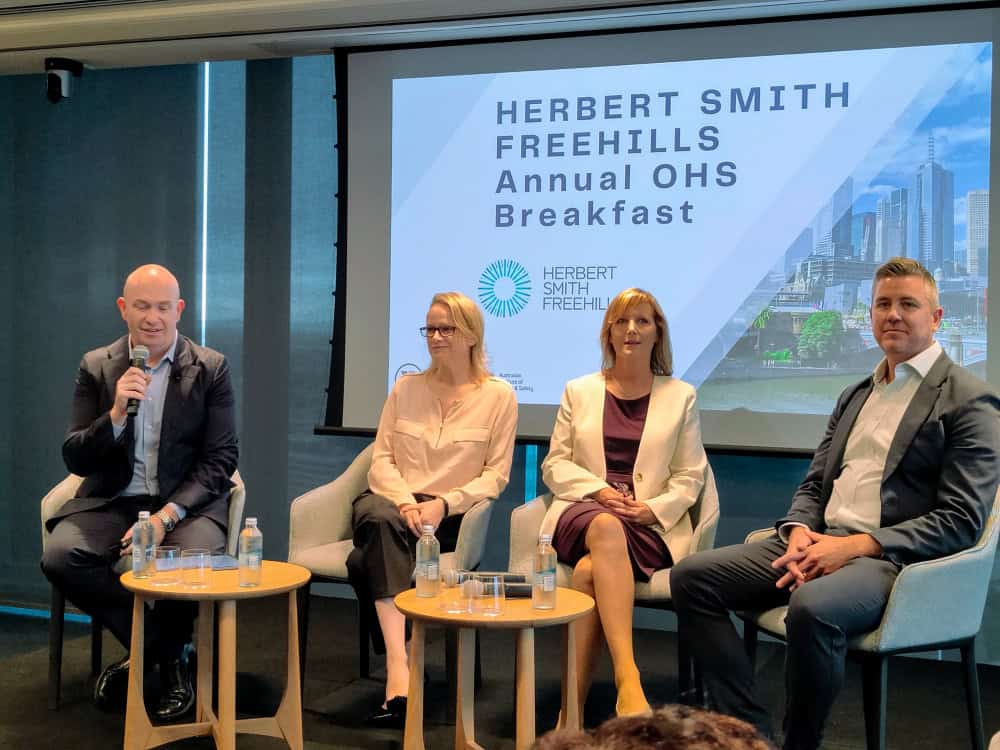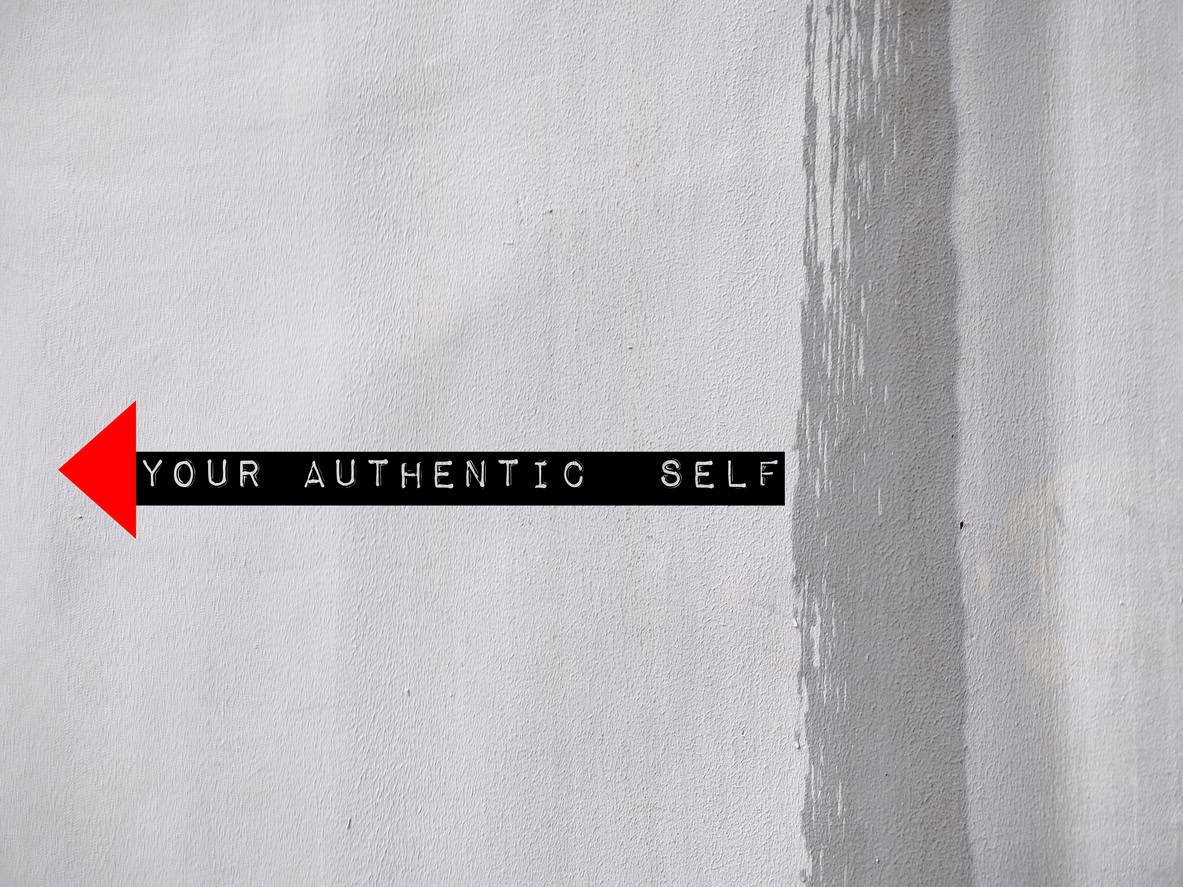New information about the need to prevent psychosocial hazards at work keeps coming. Victoria will join the workplace mental health train a little later than planned. It went from engine to caboose in four years. SafeWorkNSW has released guidance on Designing Work to Manage Psychosocial Risks and an enforceable undertaking by a New South Wales mine from a psychosocial incident.
Category: Uncategorized
OHS breakfast seminar without WorkSafe Victoria
The latest annual occupational health and safety (OHS) breakfast seminar by the Australian Institute of Health and Safety tried a different format with mixed success. These seminars have run almost continuously at the offices of Herbert Smith Freehills for a couple of decades, and perhaps a refresh was required, but there was one noticeable absence – Victoria’s OHS regulator, WorkSafe.
Another Executive leaves WorkSafe Victoria and new psychological regulations announced
For personal reasons, Joe Calafiore, Chief Executive Officer of WorkSafe Victoria, announced his departure today after less than eighteen months. Narelle Beer departed in mid-2024.
Calafiore said in a staff email that:
“This job is 100% or nothing, and at this stage I am unable to commit the full focus that the role requires.”
WorkSafe Victoria Chair Bob Cameron told staff:
Still insufficient answers to the Delacombe trench deaths
Last week, the Victorian Coroner, Leveasque Peterson, released her findings into the deaths of Charlie Howkins and Jack Brownlee from a trench collapse on a residential construction site in Delacombe in March 2018. The employer, Pipecon, pleaded guilty to occupational health and safety (OHS) law breaches and was successfully prosecuted by WorkSafe Victoria. But the guilty plea meant there was only a cursory investigation of the OHS elements of the incident.
This month’s coronial findings have come without the opportunities offered by a formal inquest. So, where are the answers? What management decisions caused the trench to collapse and lead to the deaths of Jack and Charlie? The available answers seem insufficient. What lessons can be drawn from these legal processes to stop similar incidents occurring elsewhere?
Authentic selves, culture and racism
Culture has perhaps become the dominant theme in modern occupational health and safety (OHS). Possibly more dominant than Leadership. Culture remains an amorphous concept that is an inclusive adjective but also unhelpful.
Several recent events started making connections in my OHS brain that I am still working through:
- Online racist statements by two Australian nurses
- A Harvard Business Review Special Issue called “The Secrets of Great Culture” and
- An article by Professor Lena Wang and others on the separation of work and life.
The economics of OHS and the need to think upstream
Michael Belzer and Michael Quinlan have outlined the economics of occupational health and safety (OHS) in the editorial of the latest edition of The Economic and Labour Relations Review. This contrasts with earlier research about the business case for OHS as it broadens the pool of influences more broadly. They write:
“The economic approaches to OHS in the papers in this issue identify externalities and suggest that incomplete market analysis has created an inappropriate permission to ignore uncompensated costs in labour, product, and service markets; these incomplete markets lead to greater social risk as well as inefficiency. More integrated understandings of OHS are challenging but research performed without them leads to narrow and partial understandings.” (page 483)
Shortcomings of the legal perspective on work health and safety
The most common question occupational health and safety (OHS) consultants receive from clients is, “Do I comply with the law?” This request is telling because the client starts from a legal rather than a safety base. This is not surprising, as OHS commentary is dominated by lawyers whose focus is on minimizing their clients’ exposure to prosecution.






